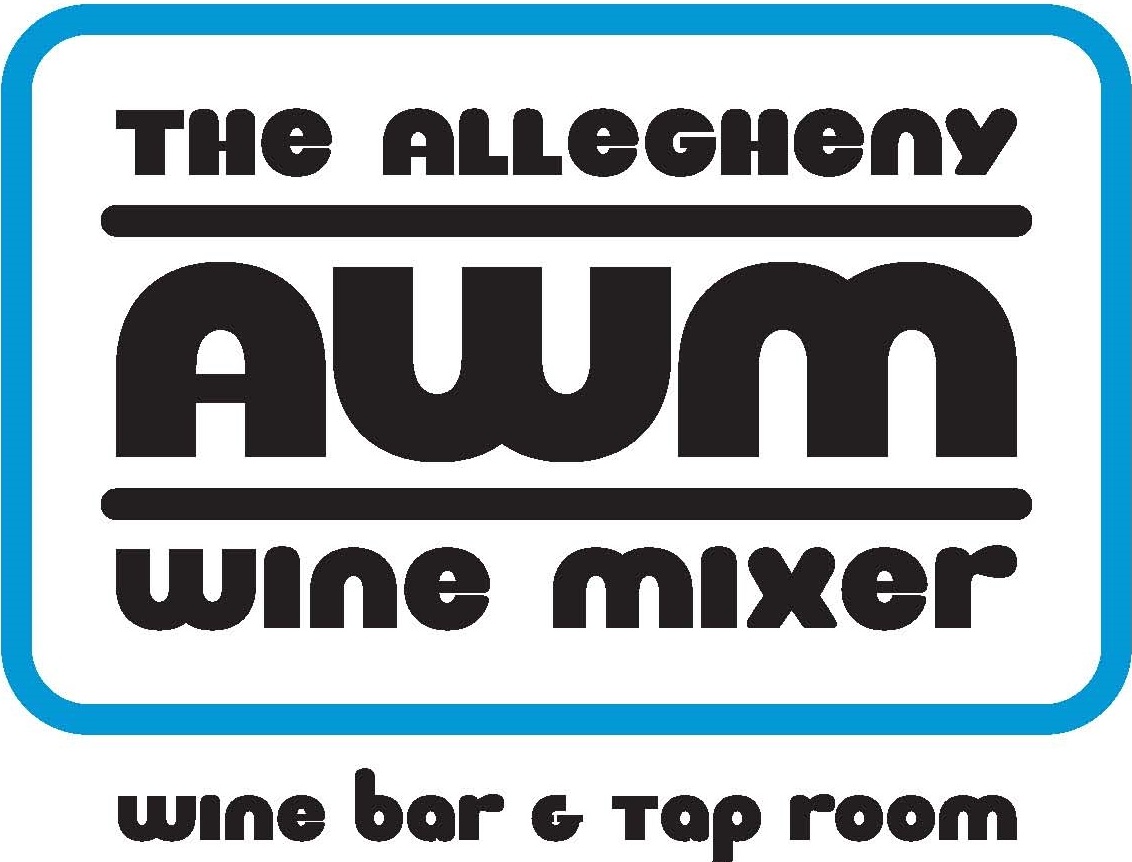The view from Mo Ayoub's deck/tasting room. Dundee Hills in all its splendor.
You don’t have to hang around in Portland too long before you get the sense that California’s loss has been Oregon’s immeasurable gain. It’s not just a case of Bay-area rent refugees transforming Portland into Portlandia, either — in the Willamette Valley, just south of the city, you hear a fairly common story among winery owners, grape farmers and winemakers: priced out of Napa or Sonoma, or philosophically out of step with the bombastic style that so often dominates there, they headed north and found a haven on the 45th parallel, which, not coincidentally, the Willamette Valley shares with Burgundy.
A yellowjacket getting all up in the Pinot at Patricia Green Cellars.
The first Willamette Pinot Noir vines were planted in the Dundee Hills in 1965 by UC Davis grad and Napa expat David Lett, who went on to found Eyrie Vineyards. He had a hunch that the region’s cool climate, wet winters and dry summers — as well as the series of wind gaps that draw cool Pacific breezes through the Coast Range into the valley — were good omens for Pinot. They were, as were the soils, deposits from the Missoula Floods of the last ice age: primarily red volcanic (Jory) and sandy marine sediment (WillaKenzie). Pinot grown in the former tends to be rounder, plusher and more expressive of bright red fruits, while the latter produces wines that are leaner, more structured and more centered on dark cherry aromas.
As anyone who’s seen Sideways knows, Pinot doesn't flourish just anywhere. It ripens early. It’s prone to disease. It picks up nuances of terroir like no other red grape. It takes sure, deft know-how in the vineyard and the cellar to tease out its full potential. Willamette growers know that nature’s dealt them an enviable hand. They don’t have much else under vine as far as reds go — some Gamay (which makes sense) and some excellent cool-climate Syrah (we’re currently pouring Adelsheim’s, which you should try). Why mess with a good — often great — thing?
Right now we’re pouring a few estate Pinots blended from Jory and WillaKenzie parcels:
- Yamhill Valley Vineyards Estate Pinot Noir ($11/$44), Yamhill-Carlton AVA.
- Trisaetum Willamette Valley Pinot Noir ($11/$44), Ribbon Ridge AVA.
- Mo Ayoub Memoirs Pinot Noir, Dundee Hills/McMinnville (via Coravin™). We had a pretty memorable meeting with Mo on his deck at the end of a long day of tasting (for us) and harvesting (for Mo). Be sure to ask about it!


